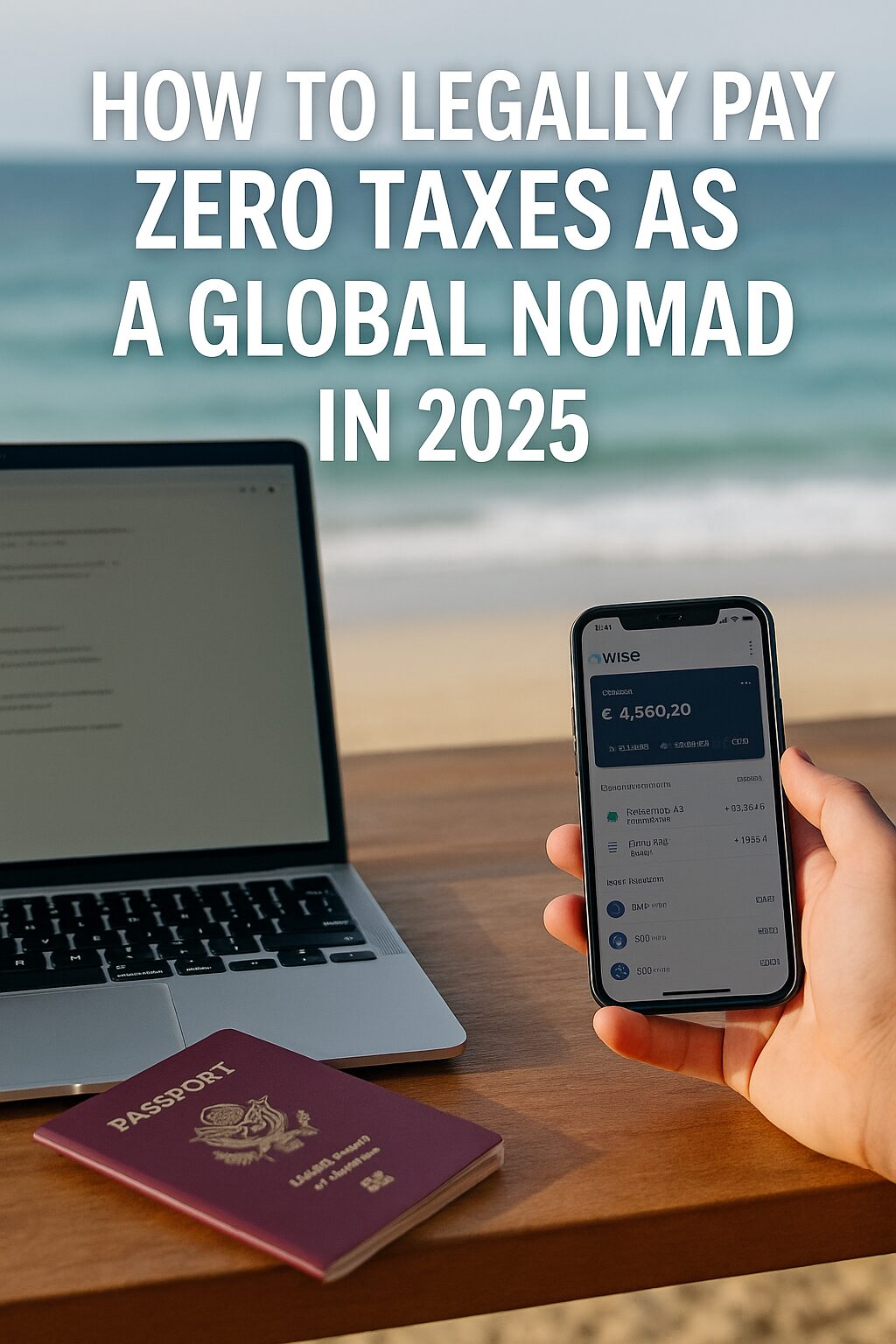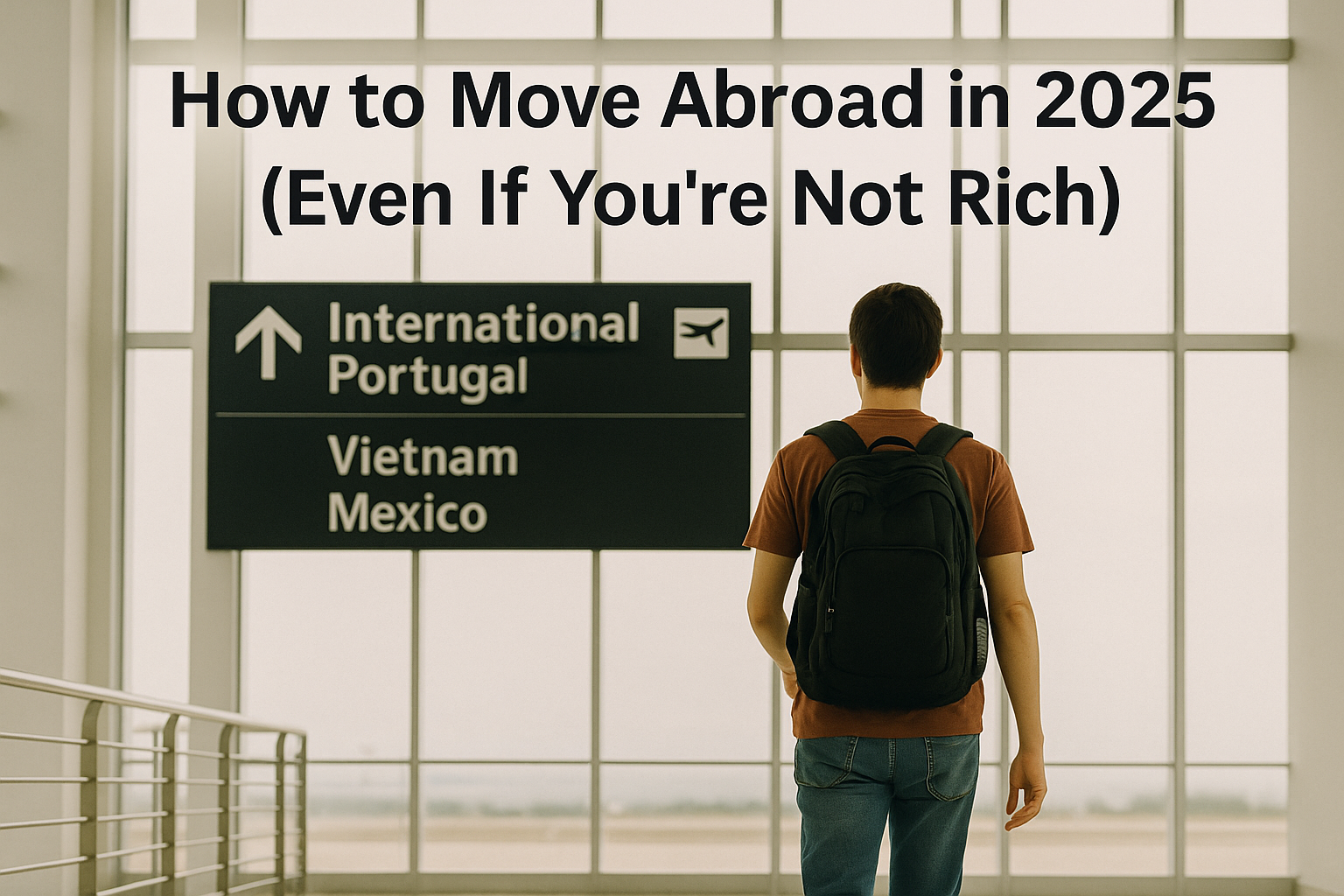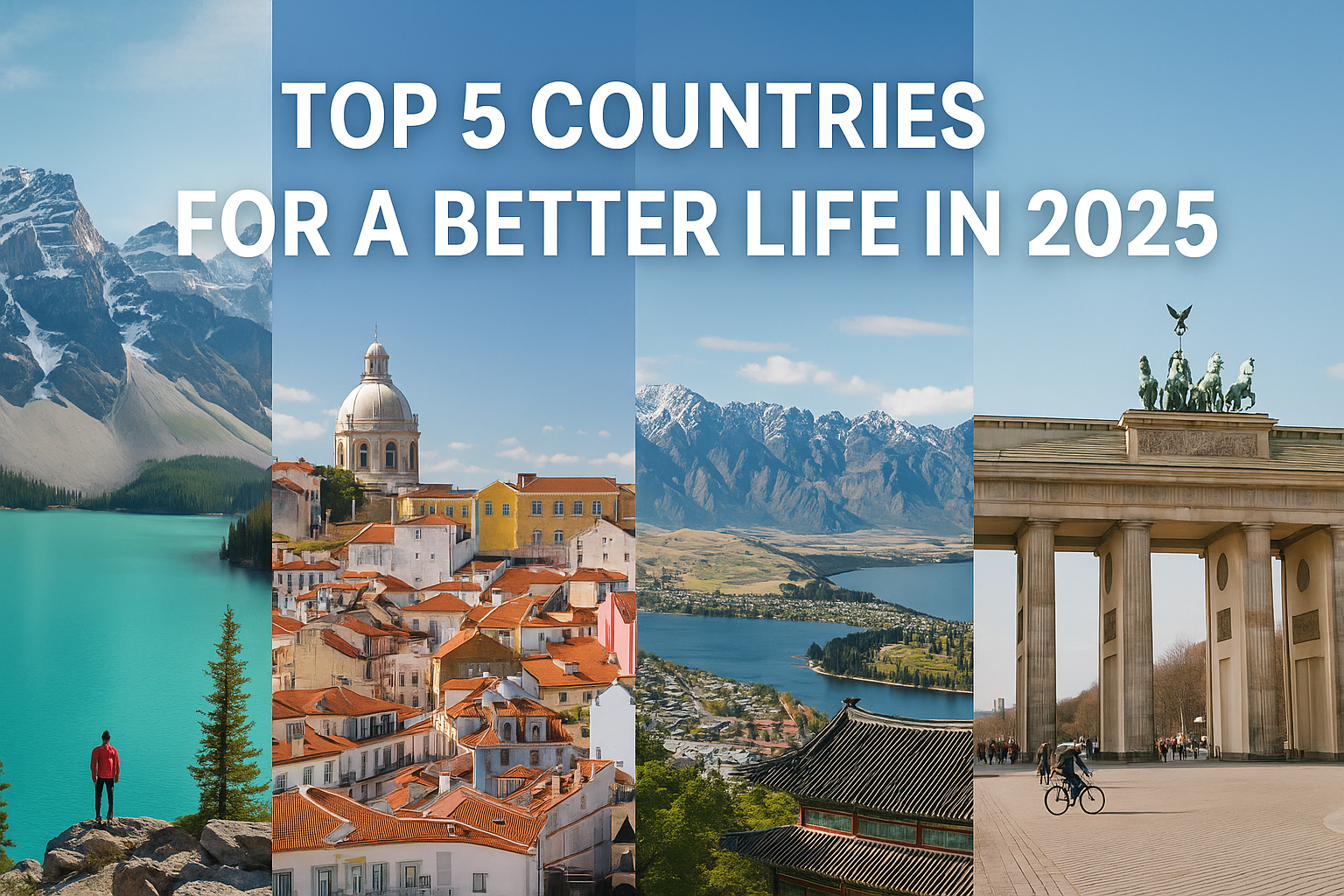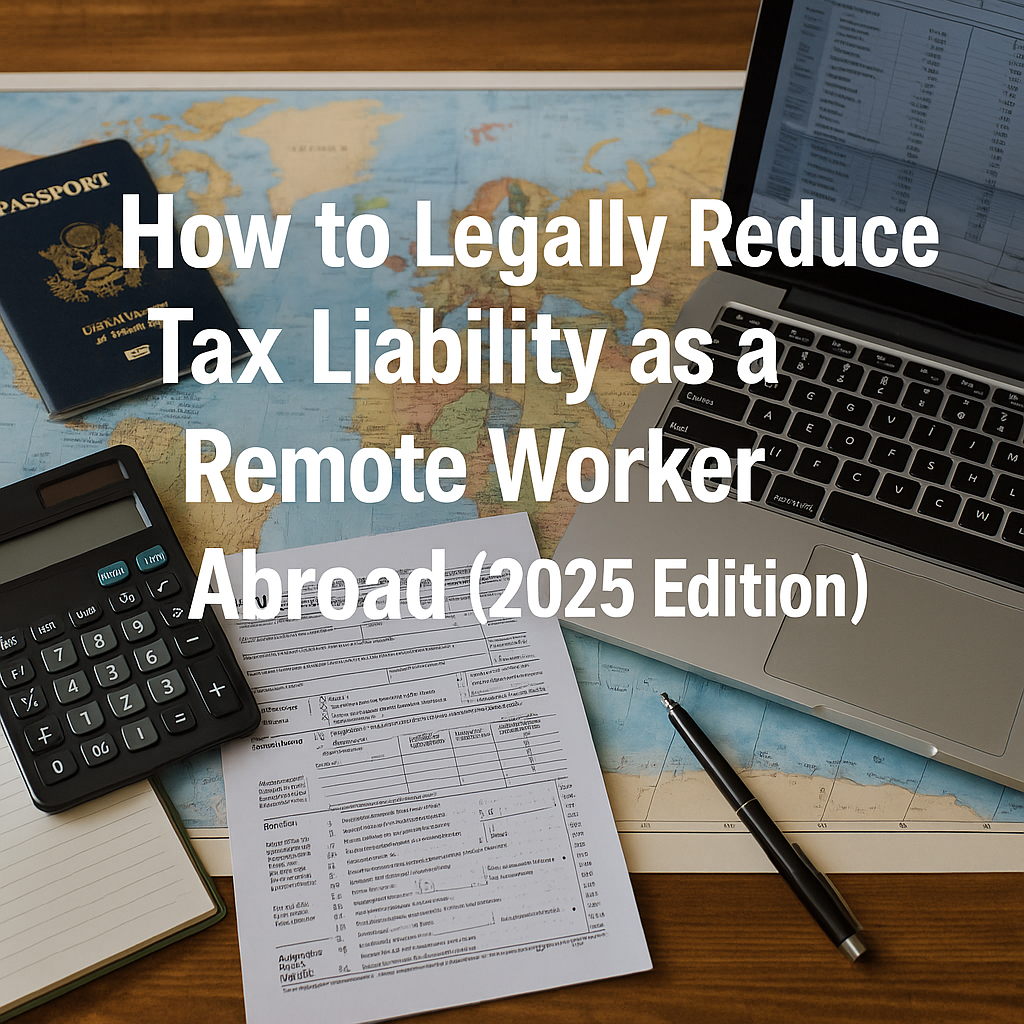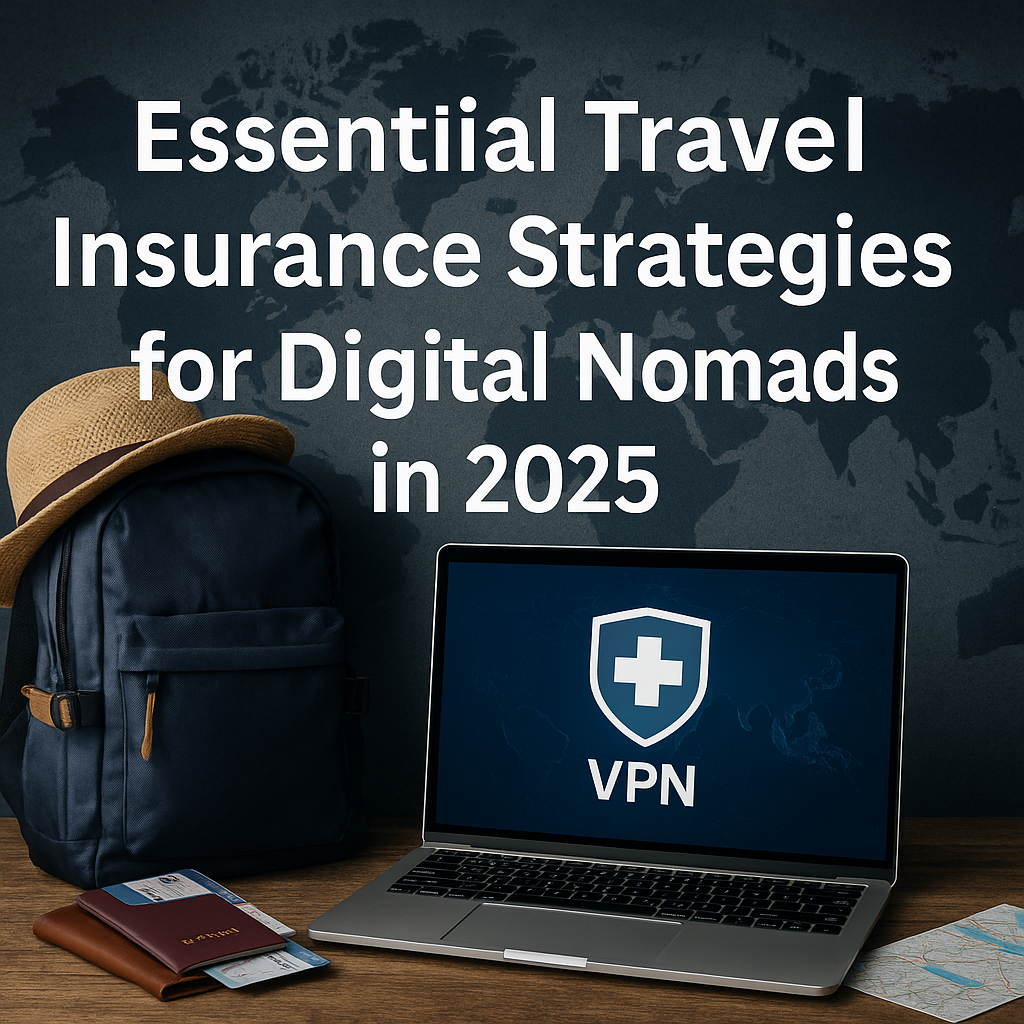Subtitle: The Ultimate Guide to Structuring Your Evidence for O-1, H-1B, and Green Card Applications
[Section 1: Why a Portfolio Can Make or Break Your Visa Case]
In today’s immigration system, your portfolio is your proof.
Whether you’re applying for an O-1 visa, H-1B sponsorship, or employment-based green card (like EB-1 or EB-2), officers want to see evidence — not just claims.
Your degree or resume isn’t enough. You need to show real-world accomplishments, results, and recognition.
This guide will walk you through how to build a visa-ready portfolio as a digital worker, freelancer, or online entrepreneur — even if you’re just starting.
[Section 2: What Makes a Portfolio “Visa-Ready”?]
- It documents achievements in a clear, structured format
- It includes 3rd-party validation (clients, media, platforms)
- It highlights metrics and results — not just activity
- It aligns with immigration requirements (O-1, H-1B, EB-1, etc.)
- It’s accessible online or in a formal PDF packet
You’re not just telling a story — you’re presenting a legal case.
[Section 3: What You’ll Need in a Visa Portfolio]
| Category | Sample Materials |
|---|---|
| Work Samples | Screenshots, links to websites, code, videos |
| Income Proof | Invoices, 1099s, Payoneer/Stripe/Wise reports |
| Media Mentions | Interviews, features, quotes in articles |
| Awards | Competition placements, certificates, honors |
| Clients | Logos, testimonials, project summaries |
| Publications | Blogs, Medium posts, guest articles |
| Public Impact | Number of readers, views, sales, downloads |
📌 TIP: Create a “master folder” organized by category.
[Section 4: Key Portfolio Sections for O-1 and EB-1 Visas]
For “extraordinary ability” visas like O-1 or EB-1A, focus on:
- Critical acclaim or impact
- Media features or press
- High income or demand in your field
- Original contributions (e.g., course, framework, code)
- Judge/mentor roles in competitions
- Membership in selective groups
- Awards and recognitions
Even if you don’t have all of them, 3–5 categories can be enough with strong documentation.
[Section 5: Digital Format vs. PDF Binder – Which One Works Best?]
- PDF Portfolio Binder:
- Best for legal submission
- Table of contents + exhibits
- Include title page, declarations, translation if needed
- Online Portfolio (Website):
- Best for employers, press, or agents
- SEO visibility + credibility
- Embed metrics, links, testimonials
Ideally, prepare both. Your lawyer submits the binder. Your LinkedIn or website speaks to the public.
[Section 6: Organizing Evidence Like a Legal Case File]
- Number and label every document
- Include short descriptions (what is it, why it matters)
- Add captions to images/screenshots
- Group items by category (e.g., “Media”, “Clients”, “Publications”)
- Keep originals in cloud storage (Google Drive, Dropbox)
📌 Think like a lawyer. Make it impossible to deny.
[Section 7: How to Document Achievements with No Big Clients or Awards]
Don’t worry if you haven’t won contests or worked with big brands. Focus on:
- Public performance metrics (e.g. “10K+ downloads”, “150K views”)
- Testimonials from real clients (even small projects)
- Guest blogging or publishing your insights
- Showing impact (e.g. “grew traffic 3x in 3 months”)
- Freelance platforms: reviews, badges, rankings
Immigration officers value results + credibility, not just brand names.
[Section 8: Tools to Build a Visa Portfolio
| Tool | Purpose |
|---|---|
| Notion | Organize your evidence & build a shareable page |
| Google Docs | For text, translations, PDF generation |
| Canva | Design a clean, branded PDF portfolio |
| Public-facing credibility | |
| WordPress or Carrd | Build a dedicated portfolio website |
| Google Drive / Dropbox | Secure backup for all documents |
[Section 9: Real Story – How Rafael from Brazil Got His O-1 Approved with Freelance Work]
Rafael, a freelance video editor, had no college degree or corporate job.
He built a Notion-based portfolio with:
- Client testimonials
- Revenue screenshots
- Viral content metrics
- Press mention in a YouTube creator blog
His immigration lawyer used this as core evidence in an O-1 case.
Result: Approved in 8 weeks.
[Section 10: Final Thoughts – Build the Proof While You Build Your Career]
The earlier you start documenting, the easier your visa process will be.
Even small wins can become powerful evidence.
Don’t wait for a lawyer to ask.
Don’t trust your memory 6 months later.
Start saving proof today — and organize it with the future in mind.
Because when opportunity knocks, you’ll be ready — portfolio in hand.













